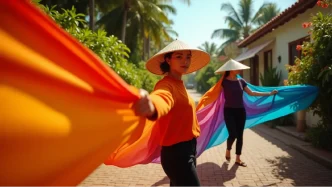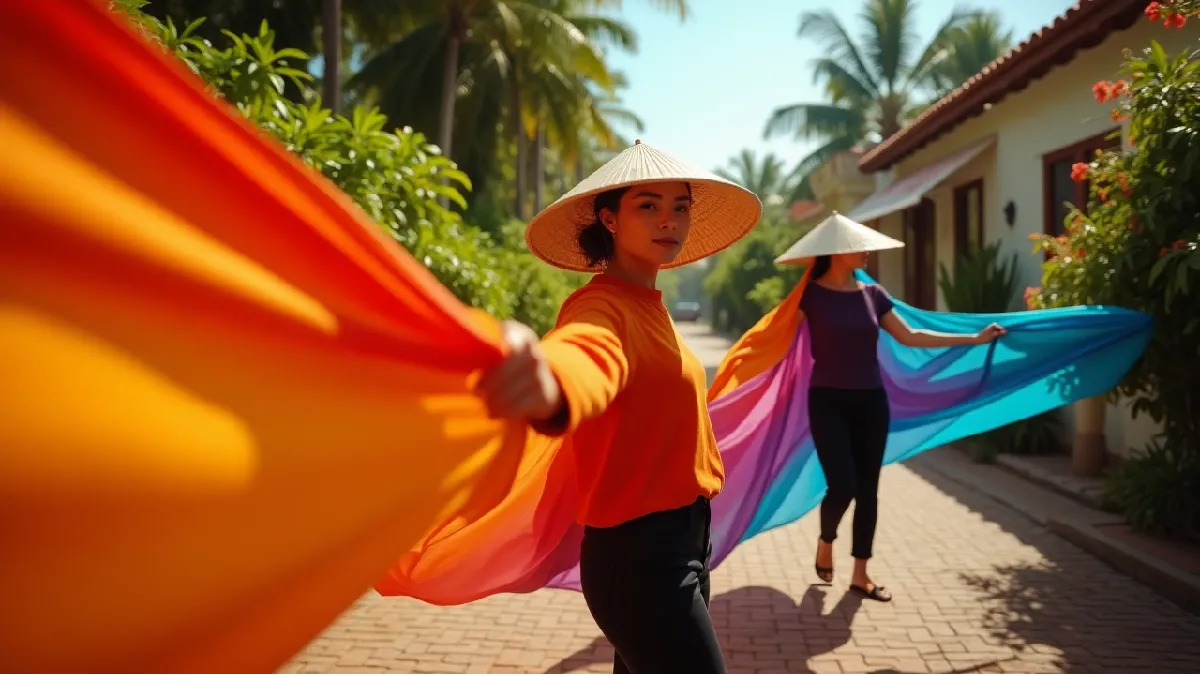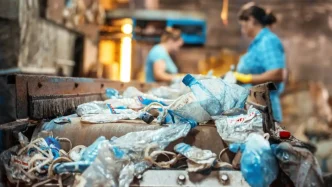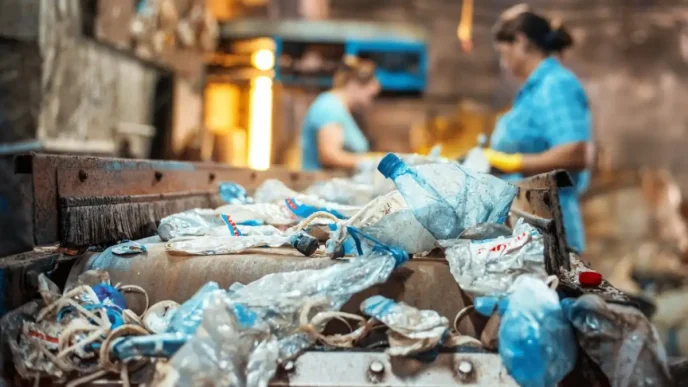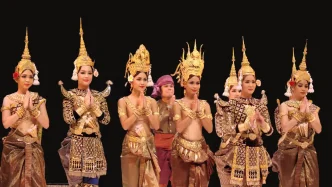In the heart of Vietnam’s central region, the ancient Mã Châu silk village in Nam Phước Commune, now part of Đà Nẵng City, is breathing new life into a 500-year-old craft. Once a bustling hub of silk trade in the 15th century, this historic village is experiencing a revival, driven by a commitment to sustainability and tradition. Using natural dyes extracted from plants and pure mulberry silk, the weavers of Mã Châu are crafting premium products that resonate with the modern ethos of green living, while preserving a cultural legacy for future generations.
A Tradition Reborn with Nature
For centuries, Mã Châu silk has been renowned for its quality, traded as far as the West through the busy Hội An Port during the height of Vietnam’s maritime commerce. Today, the village’s artisans are reviving this heritage by returning to the roots—quite literally. Around 20 natural dyes, derived from sources like green coconut shells, fermented almond leaves, green tea buds, purple cabbage, and various roots and barks, are used to color their silk fabrics. Other vibrant hues come from dried betel nuts, fresh mulberry leaves, bright yellow wood, sunflowers, marigold petals, and guava leaves, creating a palette as diverse as nature itself.
Trần Thị Yến, vice director of the Mã Châu Silk Company, explains the painstaking process behind these organic pigments. “It’s not easy processing a natural dye. We have to boil leaves or roots of plants several times to get the extract. Some dyes need seven days to complete a fermentation process before they can be used to color silk” she says. Despite the labor-intensive methods, the results are worth it. Unlike chemical dyes, these natural extracts are safe for sensitive skin, and some, like those made from turmeric or fresh tea leaves, are even believed to keep wearers warm during winter.
However, the use of natural dyes comes at a cost—both in time and money. Yến notes that these plant-based pigments can be ten times more expensive than their chemical counterparts. Additionally, they are less resistant to fading over time or under sunlight. Yet, for traditional organic stylists and those seeking to reconnect with cultural roots, the authentic charm and eco-friendly nature of Mã Châu silk remain unmatched.
Preserving Heritage Through Innovation
The revival of Mã Châu silk is not just about maintaining old techniques but also about rediscovering lost art. Recently, weavers in the village have restored a collection of silk satin patterns that had vanished after 200 years of existence. This achievement marks a significant step in reclaiming the village’s storied past. Trần Hữu Phương, director of Mã Châu Silk Company and a master weaver, emphasizes the importance of such efforts. “It’s also a reason that we want to restore the trade and the communal house for future generations and for the longer preservation of the spiritual tradition of the craft” he says.
The company, established in the 1980s as a cooperative with over 300 members, plays a pivotal role in sustaining this craft. It produces nearly 10,000 meters of silk annually, a testament to the dedication of local households who are involved in every step—from growing mulberry trees, whose leaves feed silkworms, to the intricate process of manual weaving. Phương envisions transforming the village into a tourist destination and a living museum of the ancient silk trade. The site still preserves the foundation of the Tứ Mã communal house, a spiritual center for silk trade ancestors dating back to 1545, though parts of its brick wall were damaged during wartime.
A Community Effort with Global Appeal
While six communities along the Vu Gia Thu Bồn River in the region historically produced silk, only Mã Châu village and Duy Xuyên District, now part of Đà Nẵng City, remain major centers of natural silk production. Around 30 households in Mã Châu continue to uphold this tradition, crafting a wide range of products including ties, scarves, long dresses, and bags, all made from 100 percent silk and designed in larger quantities to meet growing demand. Yến expresses pride in the individuality and quality of these items, which have caught the eye of prominent Vietnamese fashion designers like Lê Thanh Hòa, Ngô Nhật Huy, and Huy Võ, who have showcased Mã Châu silk in their catwalk collections.
The brand’s commitment to sustainability and authenticity has also earned international recognition. The Mã Châu natural silk product, dyed with organic extracts, has been acknowledged by the Korean Intellectual Property Office (KIPO) and the Korean Invention Promotion Association (KIPA). Locally, the company is seeking official intellectual property listing from Vietnam’s Ministry of Science and Technology, a move Phương believes is crucial to protect the product and enhance its competitiveness both domestically and globally.
Looking Ahead
As Mã Châu silk village weaves its way back into prominence, it stands as a symbol of resilience and adaptation. The blend of ancient techniques with a modern focus on eco-friendly fashion offers a unique narrative in Vietnam’s cultural landscape. For the artisans of Mã Châu, each piece of silk is more than just fabric—it’s a thread connecting past and future, tradition and innovation. Whether adorning a runway or worn in everyday life, their creations carry the spirit of a 500-year-old craft, revived for a new era.

